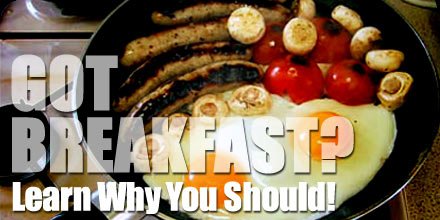Recover postrun with warm, immune-boosting foods.
By Liz Applegate Ph.D.From the February 2010 issue of Runner's World
After a cold run, there's nothing better than warming up with a hot meal. The best choices not only heat you from within but also speed recovery. Many of these dishes pack nutrients that boost your ability to fend off illness—good news, given that most of us will have at least two colds this winter.
OATMEAL AND COFFEE
Steel-cut oats provide loads of carbs to refuel muscles. And research shows that pairing those carbs with caffeinated coffee boosts glycogen stores even more than eating carbs alone. Top your oatmeal with almonds, banana, and a splash of milk to add vitamin E, potassium, and calcium.
CHICKEN-NOODLE SOUP
Some studies show that this comfort food can decrease symptoms of the common cold. The warm broth, herbs, celery, onions, and carrots help reduce inflammation in your airways and ease breathing. The soup may also decrease the effect of neutrophils, a white blood cell that's partially to blame for flu symptoms.
CARBO CHOWDER
A key ingredient in chowder is carbrich potatoes or corn, which, according to studies from Appalachian State University, protect immune cells weakened by a hard run. Seafood is high in zinc, which is crucial for immune health. Studies show that runners may not get enough of this mineral. Try my chowder recipe (right) or warm up canned varieties with fewer than five grams of fat per serving.
SAVORY STEW
As a runner you may not get enough iron needed for building blood cells that transport oxygen to power your muscles. And a recent study from Italy finds that women athletes have lower iron stores than inactive women. Meat stews are packed with 20 percent of your iron needs along with protein; add potatoes, carrots, and parsnips to boost fiber and vitamins.
Slow-Cooked Clam Chowder
1 onion, diced
2 celery stalks, diced
1 tablespoon olive oil
2 8 -ounce cans of clams
1 8 -ounce bottle of clam juice
2 teaspoon s garlic, minced
3 russet potatoes, cubed into bite-size pieces
1 12 -ounce can fat-free evaporated milk
In a skillet, saute the onions and celery in the olive oil. Transfer to a slow cooker and add other ingredients except canned milk. Cover and cook on high for three hours (or low for six hours). During the last hour add the milk. Season with salt and pepper. Serve with hearty whole-grain bread.
Makes four servings.
CALORIES PER SERVING: 385
CARBS: 56 G
PROTEIN: 28 G
FAT: 5 G
ZINC: 36% DV
Kitchen Essentials: Crock-Pot
Also called slow cookers, these appliances are easy to use—just add the ingredients and hit start. You can leave it unattended while you go for a long run and come home to a warm meal. Most have a low and high temperature with cooking times ranging from about three to eight hours. Make stew, chili, soup, or cereal. The iPhone Crock-Pot app has lots of great recipes.



 The second theory that eating after a certain time (typically ranges between 6-8pm) results in the storage of every calorie that you eat. This is an interesting one that has perplexed me for quite some time. The notion that after 6pm our body alters the way that it processes nutrients is rather fascinating to me.
The second theory that eating after a certain time (typically ranges between 6-8pm) results in the storage of every calorie that you eat. This is an interesting one that has perplexed me for quite some time. The notion that after 6pm our body alters the way that it processes nutrients is rather fascinating to me.  In today's modern world the average length of an individuals day has increased dramatically. Before the invent of the simple light bulb much of the days activities were over by sundown. Now we are up through all hours of the night. For most people, being up doesn't always involve being active.
In today's modern world the average length of an individuals day has increased dramatically. Before the invent of the simple light bulb much of the days activities were over by sundown. Now we are up through all hours of the night. For most people, being up doesn't always involve being active.